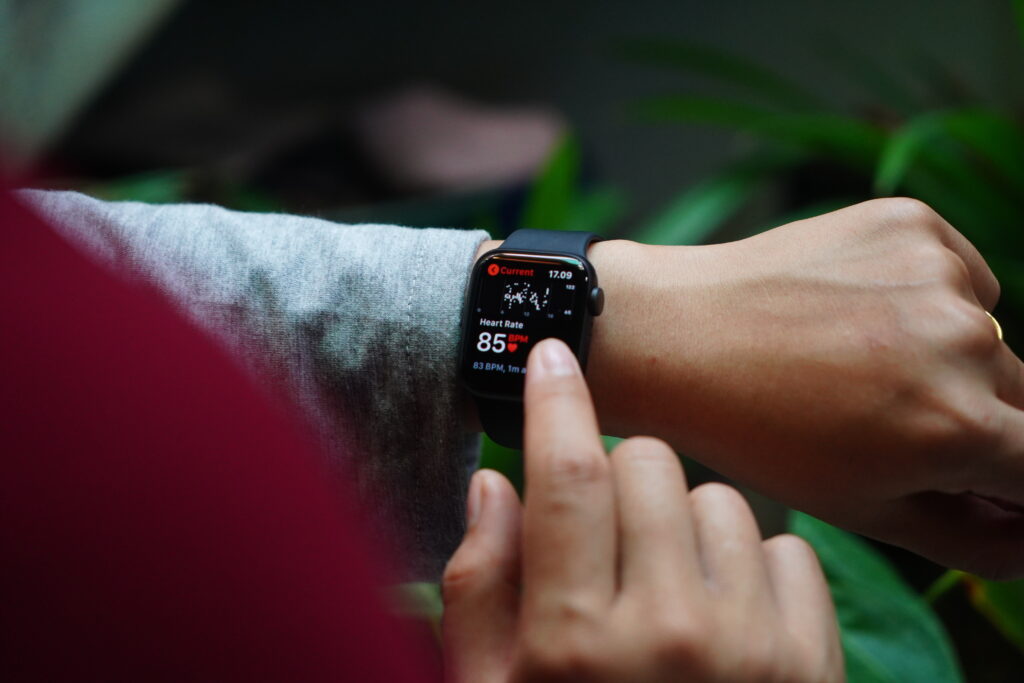Let’s talk wearables, shall we? For a while now they have been ‘the next big thing’ in device hardware, with promises to revolutionize tech in the same way smartphones have changed our lives. The results so far though have been less than impressive. Sure, these are still generation one devices, but even so they have struggled to capture the public’s imagination and become a must-have gadget — even if wearable platforms are looking to expand.
However, with a plethora of new devices launched at IFA 2015 just this last week it seems we are now heading to round two of the wearables journey. All the usual suspects of Android Wear devices were there, with Huawei, Asus, Samsung and Motorola showing off their new gadgets. That combined with the recent news of the Apple Watch being the second biggest selling wearable could signal that we are approaching a watershed moment.
It’s probably too early to tell for certain, but what is becoming apparent is that wearables will soon be here to stay. But — and this cannot be understated — they will only succeed if they have good app ecosystems, and that will only be achieved if the apps themselves are good.
So, how do you guarantee an app will be reliable and ready for users? Well, there are two main schools of thought for app development: Waterfall and Continuous Integration. Waterfall is a straightforward system where a build of an app is tested and if it works, it moves on to the next phase of development. Continuous integration takes the testing part of app development and makes it a regular element. By developing and testing in a constant cycle, apps can be produced much faster and with fewer bugs and glitches than with the Waterfall method.
And let’s not underestimate how important speed of development is. With a new sector opening up, changes in hardware are going to come thick and fast, and apps need to be able to respond — meaning development needs to be fast and agile. This is the key to continuous integration’s success, and it can ensure that reliable and user-friendly apps are quickly launched in an app store. Shorter development cycles mean lower costs and a higher ROI for your business.
Smartwatches may not be on everyone’s wrists just yet, but that time may not be far away. If you want to be ready for this next phase of mobile, then it is time to develop a wearable app. However, as with all apps, the key will still be ensuring a great user experience and short time to market. Developing with continuous integration will be fundamental to this success.
Visit Apexon at the Selenium Conference on September 8-10 in Portland, Oregon to learn more about how we work with continuous integration to make apps for all types of mobile devices.

